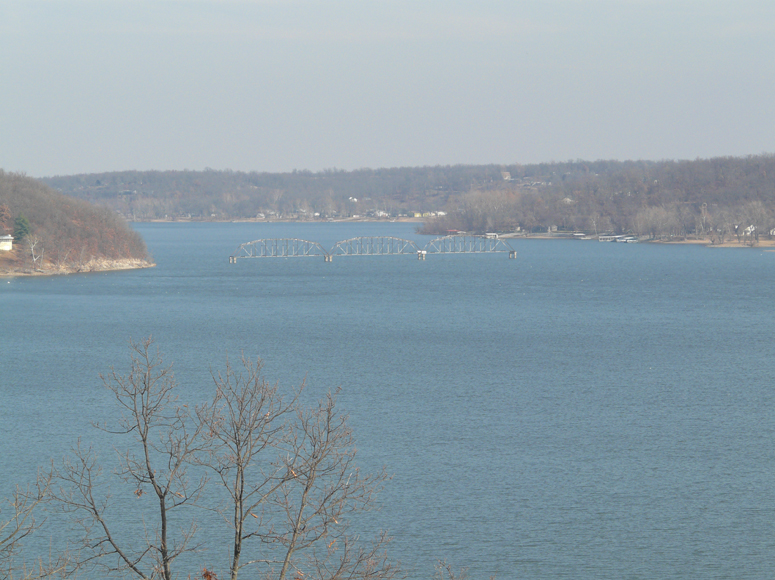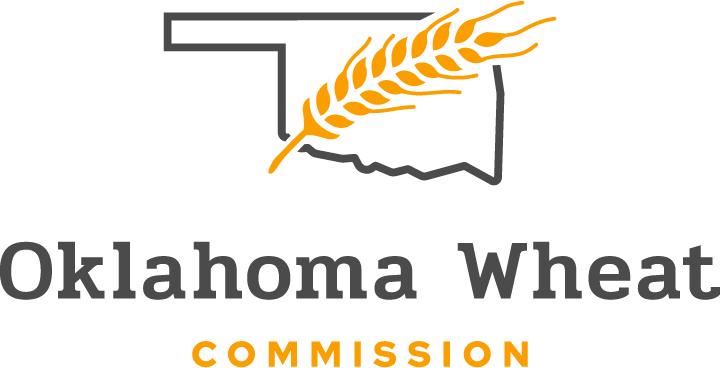
Agricultural News
Oklahoma Tops EPA Charts for Pollution Reduction to Waterways
Mon, 23 Mar 2015 14:53:03 CDT
 Oklahoma ranks second among the states for protecting waterways from harmful nutrients according to new EPA data. This is the sixth year in a row Oklahoma has ranked in the top five states for nonpoint source (NPS) pollution reductions.
Oklahoma ranks second among the states for protecting waterways from harmful nutrients according to new EPA data. This is the sixth year in a row Oklahoma has ranked in the top five states for nonpoint source (NPS) pollution reductions.
Oklahoma ranks second for phosphorus reduction (358,469 pounds) and third for nitrogen reduction (856,906 pounds) to streams. These nutrients are major contributors to algal bloom issues in the state's reservoirs which can challenge water treatment facilities, lead to fish kills and, in rare cases, pose a risk to human health.
Oklahoma receives less than two percent of EPA Clean Water Act Section 319 funds, yet meets between 20-30 percent of EPA's national NPS reduction goals annually. The state's NPS reduction numbers are based solely on the voluntary implementation of conservation practices by farmers and ranchers across the state no regulation is involved. "This success is proof that voluntary, incentive based conservation is the best method of protecting our soil and water resources," said Trey Lam, Oklahoma Conservation Commission (OCC) executive director.
Conservation practices that promote soil health such as no-till farming, and allowing natural vegetation to grow along stream banks can drastically reduce the amount of runoff that flows into streams. Oklahoma's model allows local conservation districts to determine conservation priorities, then addresses those priorities with resources rather than regulations. This local approach has been successful since reversing the Dust Bowl in the 1930s.
OCC will build on Oklahoma's success with a number of new initiatives in 2016, including two Regional Conservation Partnership Program (RCPP) projects in partnership with USDA Natural Resources Conservation Service. Focusing on the Elk City Lake and Grand Lake watersheds, these projects will fund conservation practices along streams to improve water quality in the reservoirs downstream. Learn more about these projects by clicking here.
"We're very fortunate to have a legislature that funds NPS water quality monitoring," said Shanon Phillips, OCC Water Quality Division director. "Not only are we able to provide the public with resources to implement conservation practices with Section 319 funds, we can scientifically verify results through state funded professional monitoring Oklahoma is unique in this regard."
Monitoring results are viewable on Oklahoma's Interactive Stream Health Map. Currently in beta, the map offers nearly a decade of water quality data from over 200 monitoring sites, by clicking here. More sites and years of data will be added in the coming months.
WebReadyTM Powered by WireReady® NSI
Top Agricultural News
More Headlines...




















